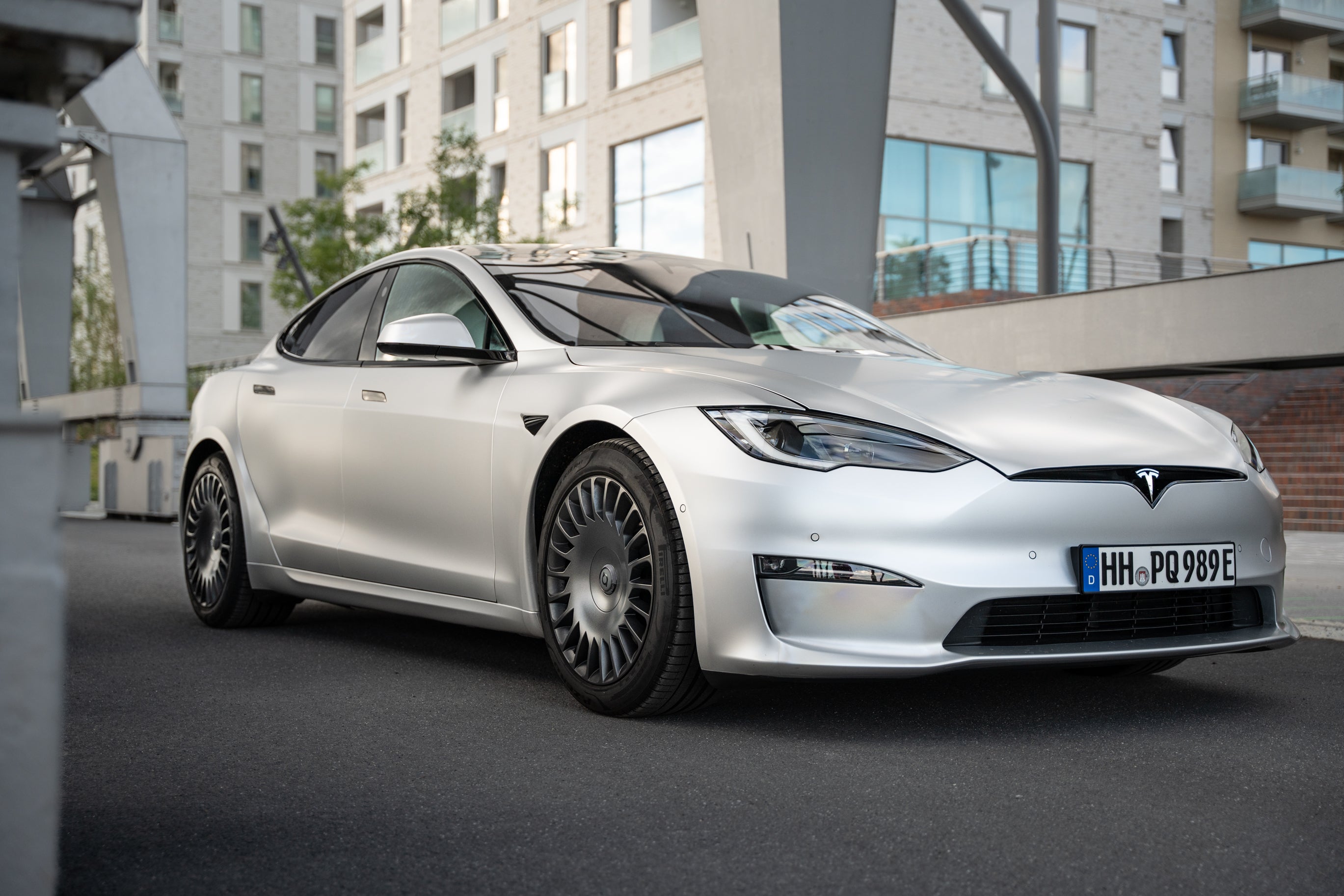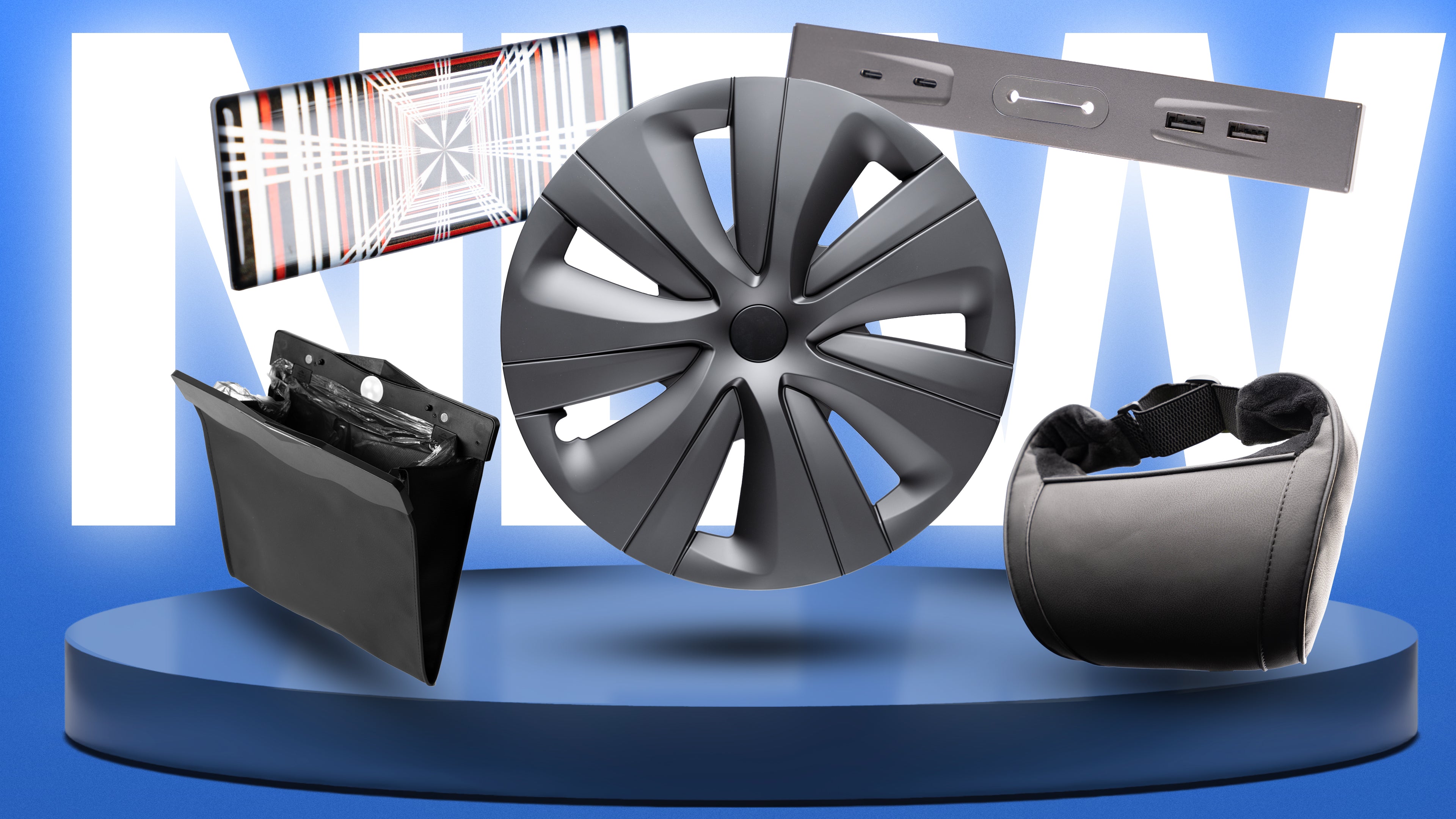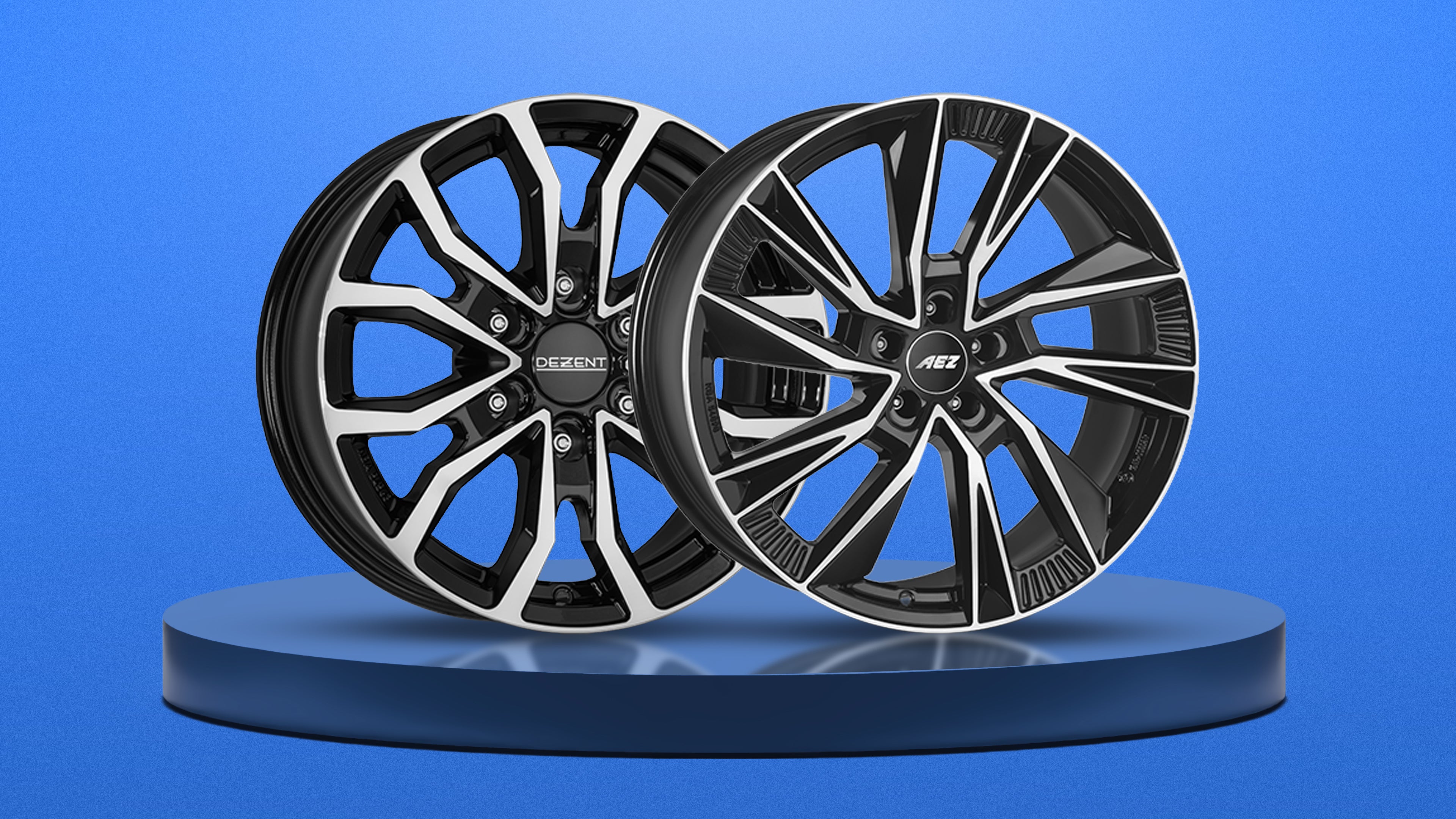Tesla Phantom Drain: How to Save Energy While Parked
Have you ever wondered why your Tesla consumes energy even when parked? This phenomenon, known as Phantom Drain, is caused by active functions and the battery management system (BMS). Here you will learn which features draw power, how to optimize them, and how European Tesla drivers can maximize range while parked, especially during long parking periods like vacations.
What is Phantom Drain?
Phantom Drain describes the energy consumption of a Tesla when it is off. The BMS, which keeps the battery at an ideal temperature, cannot be deactivated, but many other functions can. These often consume unnecessary power, about 1-2 km of range per hour, depending on the model. The good news: Most functions automatically turn off at 20% battery level to prevent complete discharge. For you as a driver, it is important to know the settings to minimize loss.
Sentry Mode: Security with High Consumption
Sentry Mode is a top feature, but also a major power consumer. It monitors the surroundings with up to six cameras and the autopilot computer, costing about 1-2 km of range per hour. This corresponds to around 50% of the energy cost of an average daily drive (approx. 51 km).
- Tip: Use Sentry Mode selectively in unsafe areas. Turn it on/off under Controls > Safety > Sentry Mode or in the Tesla app. You can exclude places like home or work to save power.
- For Europe: In cities with low crime rates like Munich or Vienna, you can often deactivate Sentry Mode to conserve range.
Cabin Overheat Protection: Heat Protection
Cabin Overheat Protection prevents extreme interior temperatures on hot days, but does not protect people or animals, only sensitive items like electronics. There are three modes:
- Off: No energy consumption.
- No A/C: Fan at over 40 °C, minimal consumption, but temperatures can still reach 54 °C in the sun.
- On (with air conditioning): Activation at 32, 35, or 40 °C, high consumption depending on outside temperature.
The function runs for a maximum of 12 hours after leaving the vehicle. In Europe, where summer temperatures are often moderate, the No A/C mode or turning it off is recommended. Control it under Controls > Safety > Cabin Overheat Protection or in the Tesla app (Climate > Temperature Module).
Keep Accessory Power On: Power for Devices
Since the 2025 Spring Update, Keep Accessory Power On keeps 12-V sockets, USB ports, and wireless charging pads active, even without Camp Mode. This consumes about 1 km of range per hour, even without connected devices. Model Y and X have additional sockets in the rear, the Cybertruck even has 120/240-V connections.
- Tip : Activate the feature only when needed (e.g., for a charger) and deactivate it under Controls > Charging > Keep Accessory Power On. Many drivers solve drain issues by turning off this option.
- For Europe: Use it sparingly, as long parking times (e.g., at the airport) can strain the battery.
Summon Standby: Ready for the Call
Summon Standby keeps the Autopilot in an energy-saving mode, allowing Smart Summon to respond faster (immediately instead of 30-60 seconds). It consumes about 0.5-1 km range per hour and is only available with Enhanced Autopilot or FSD.
- Tip: Deactivate it under Controls > Autopilot > Summon Standby if you rarely use Summon. With Sentry Mode activated, Summon is available immediately anyway.
- For Europe: Since Smart Summon is regulated in many countries, you can often turn off this feature.
Third-Party Apps: Hidden Power Drains
Apps like Tessie or TeslaFi, which query data via the Tesla-API, can prevent your Tesla from "sleeping." This increases the drain, especially in older Model S/X, as the API is less optimized there. Check in the Tesla-App (top left) to see if your vehicle is sleeping.
- Tip: Reduce the query intervals or disable such apps during long parking periods.
- For Europe: Privacy concerns make third-party apps less popular here, but be cautious if you use them.
Scheduled Preconditioning: Comfort with Costs
Scheduled Preconditioning heats or cools the interior and battery at set times, which can reduce the range by 5-10 km per session. It improves regenerative braking in winter and speeds up charging.
- Tip: Charge your vehicle during preconditioning (ideally at a wallbox) to preserve the battery. Set it under Controls > Schedule or in the Tesla-App.
- For Europe: In cold regions like Scandinavia, preconditioning is useful, but use it only if you drive regularly.
Dog, Camp & Keep Climate: Comfort for Breaks
These climate functions maintain the interior temperature even after exiting:
- Dog Mode: Keeps pets comfortable, displays the temperature on the screen, and disables window controls. Consumption: 2-5 km per hour.
- Camp Mode: For longer stays, with active USB ports, touchscreen, and open doors. Consumption similar to Dog Mode.
- Keep Climate: Maintains the set temperature for up to 2 hours or until 20% battery. Lower consumption, about 1-3 km per hour.
Control them via the climate menu (swipe up the temperature). For European drivers who often make short stops (e.g., shopping), Keep Climate is practical, but deactivate it during longer breaks.
Tips for European Tesla Drivers
- Charge regularly: In Europe, charging options (e.g., Superchargers or public stations) are widespread. Keep your Tesla plugged in during long parking periods, ideally to a 230V outlet or wall box.
- Winter tip: In colder countries like Germany or Austria, the BMS consumes more power to keep the battery warm. Reduce other functions to minimize the drain.
- Regulatory limits: Features like Sentry Mode or Smart Summon may be restricted in Europe due to privacy or safety regulations. Check the settings to avoid unnecessary consumption.
- Vacation preparation: Before long absences (e.g., airport parking), turn off all functions and charge to 80-90% to cover the BMS consumption.
Conclusion: Control over Phantom Drain
Phantom Drain is unavoidable with Teslas, but by strategically turning off functions like Sentry Mode, Cabin Overheat Protection, or Keep Accessory Power, you can significantly reduce energy consumption. For European drivers who often travel in cities with good charging infrastructure, it's easy to preserve the battery. Regularly check your settings in the Tesla-App or in the vehicle under Controls, especially before vacations. This way, your Tesla remains efficient – and you save range for the next drive!








































